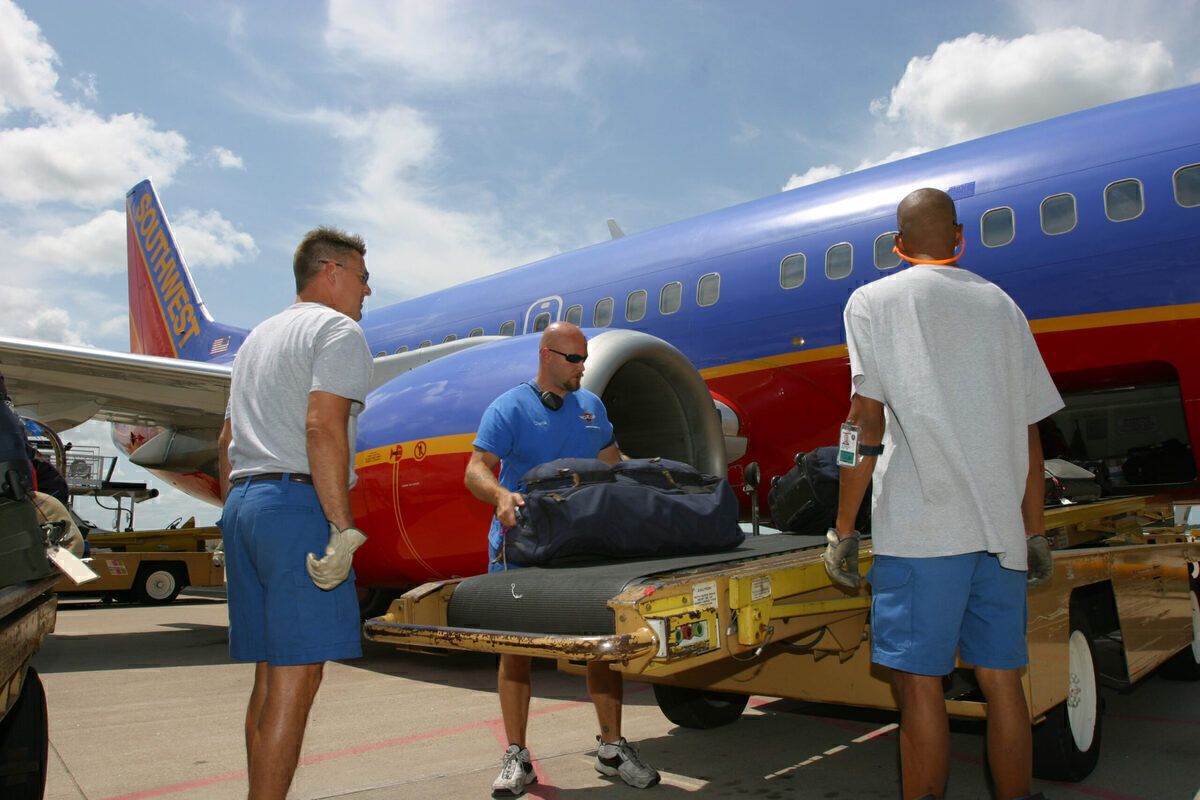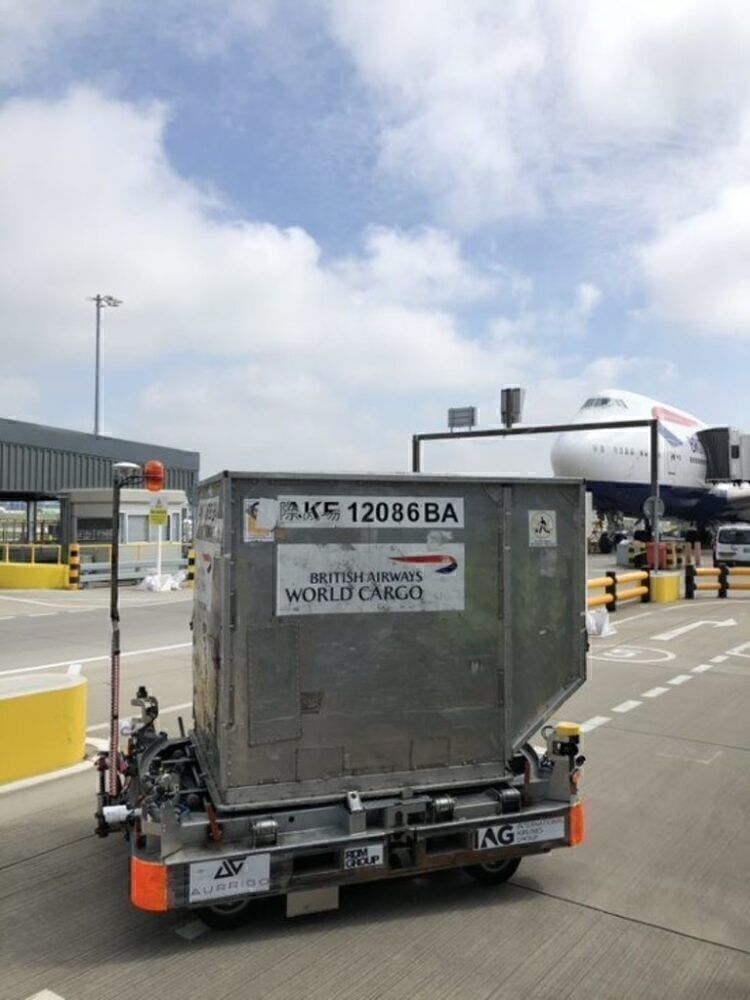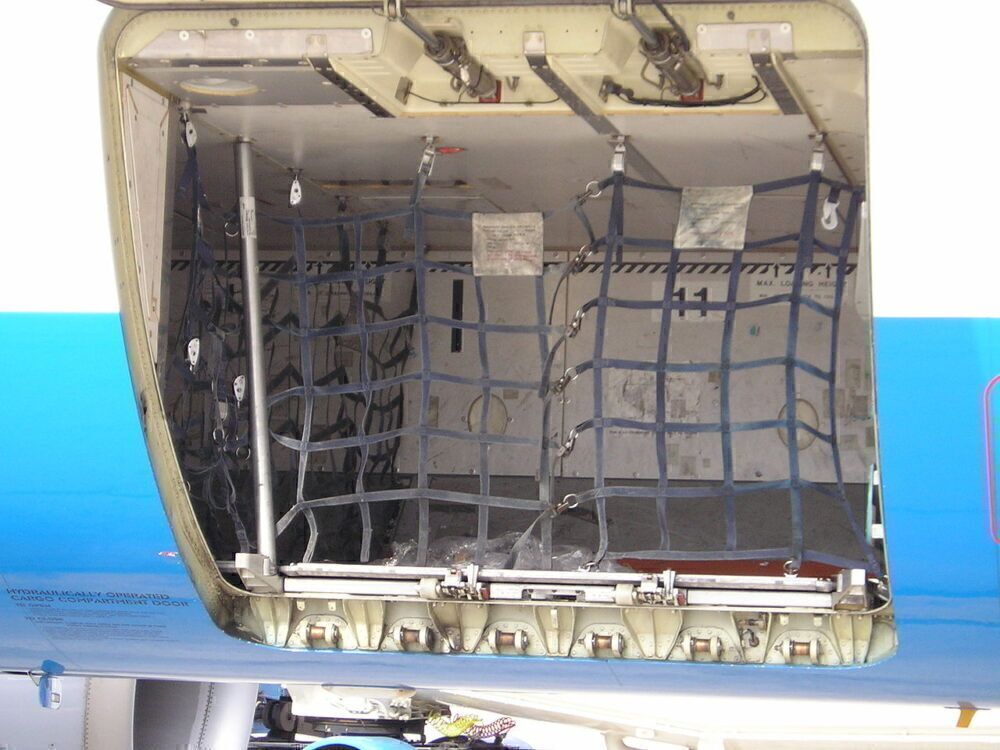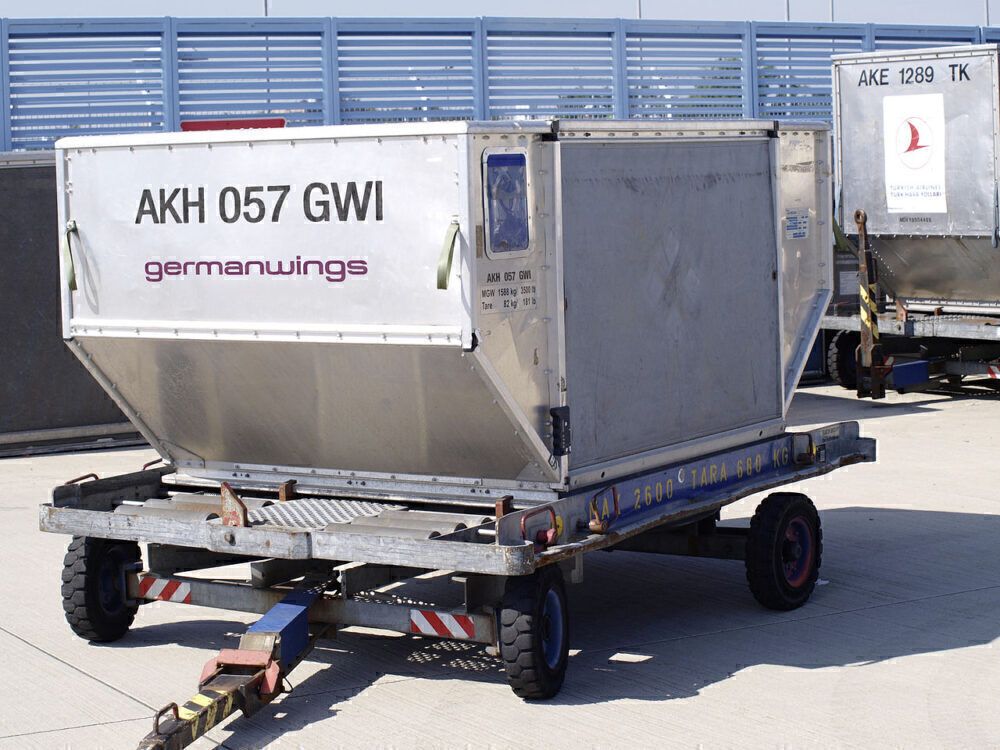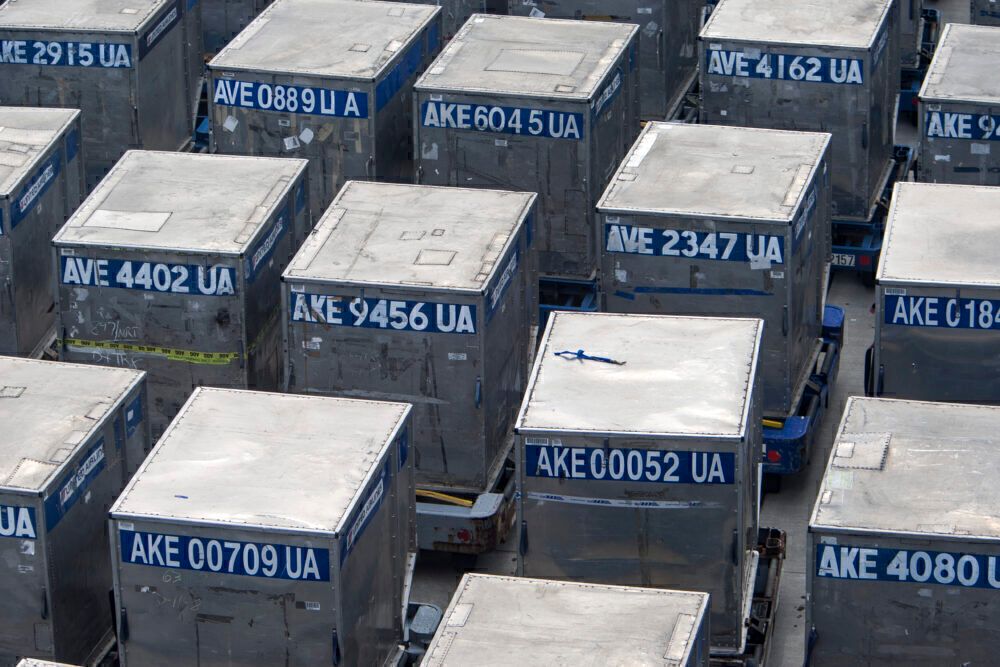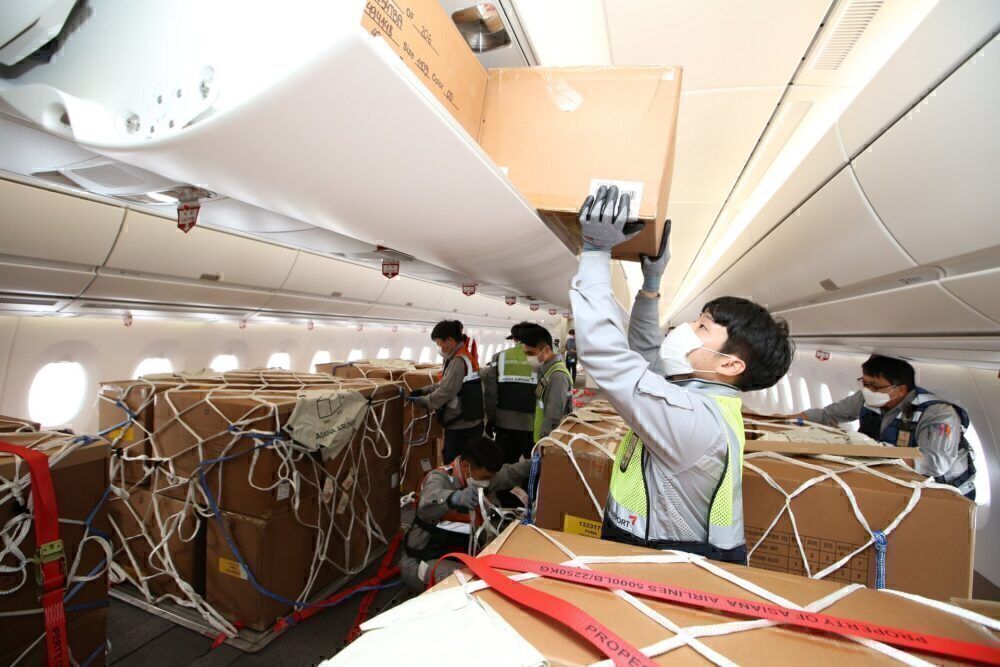Loading aircraft with baggage, and cargo, is a vital part of operations. It's not something we often think about - unless there are problems with it, of course. Baggage loading and storage vary between aircraft. On smaller aircraft, this tends to happen manually, but containers are sometimes used.
Baggage handling
Getting baggage from the check-in area, through the airport, and onto aircraft is an important part of airport infrastructure. All large airports use some form of an automated Baggage Handling System. This takes tagged bags from check-in to a loading or storage area using a system of conveyors and deflectors. This can also enable security screening.
Baggage is then stored or loaded onto carts for aircraft delivery. This has been mostly a manual process up to now. But some airlines have started to look at automation.
British Airways began trialing automated luggage delivery at Heathrow in late 2019. This uses automated carts to take the loaded baggage direct from the Baggage Handling System to the aircraft. ANA also carried out a small-scale trial of a fully autonomous baggage system in early 2020.
Simple Flying looked at the idea of robotics being used for baggage sorting and loading. This has the potential to speed loading as well as reduce errors and baggage loss.
Bulk loading the aircraft
Once baggage is sorted and delivered, it needs to be loaded onto the aircraft. This is where the process differs between aircraft types. On smaller aircraft, it will usually be manually loaded into the aircraft hold. This is done on all regional and most narrowbody aircraft. Although, the use of containers is possible for the A320 family.
Loose baggage loading is known as 'bulk loading.' This will usually take place using a conveyor to carry the bags into the aircraft hold (although this may not be needed on the smallest aircraft). Baggage is then loaded and stored securely. Nets are used to secure bags and sometimes to divide the hold into sections. Ensuring limited movement of bags during flight is important for weight distribution.
Stay informed: Sign up for our daily and weekly aviation news digests.
Using containers
The alternative to bulk loading is to use containers known as Unit Load Devices. Securing bags in the aircraft hold is important, and this would be much harder (and more time-consuming) on a larger aircraft. All widebody aircraft (and sometimes the A320) are loaded instead with containers. Bagge is pre-loaded into the appropriate ULD, and this is then secured into the aircraft hold.
ULDs come in different sizes for different aircraft. The most common is the LD3 container. This is used on all Airbus widebodies and the Boeing 747, 777, and 787. Other containers are optimized for different sized aircraft holds, including the 747 and the 767.
For the A320, a reduced-sized LD3 container (known as LD3-45) is available. This has a reduced height to fit the smaller hold. Containers are not used for the 737.
Cargo loading
Cargo is loaded the same way as baggage. All widebody aircraft (and possibly the A320) use containers. An important advantage of containers in cargo use is the ability to pre-load and store them. They also allow much easier transfer between aircraft as most containers are interchangeable between types.
Some recent cargo operations have seen exceptions to this. With the changes in 2020 and 2021, some airlines have quickly converted passenger aircraft to carry cargo. Using the main compartment to carry cargo has helped airlines keep flying and adapt to cargo demand growth.
Ground handling operations and baggage loading are vital parts of airport operations and aircraft turnaround. Feel free to discuss specifics more in the comments.

